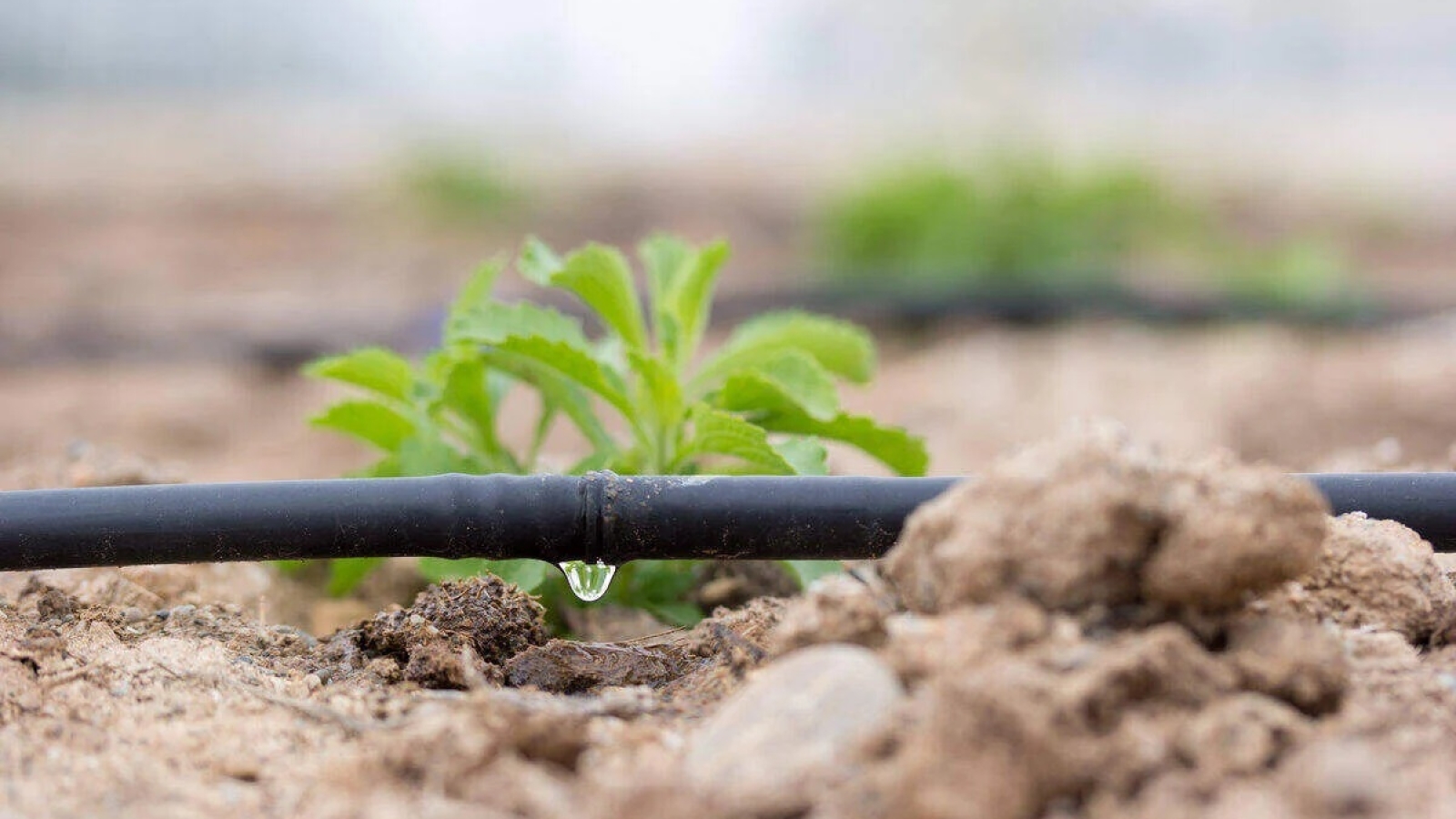Drip irrigation is a highly efficient method of watering plants by delivering water directly to the root zone in small, controlled amounts. Unlike traditional irrigation systems that rely on spraying or flooding large areas, drip irrigation minimizes water wastage and promotes water conservation. Here are some key features and components of drip irrigation systems:
- Drip Emitters:
- These are devices that control the flow of water and release it in drops or small streams directly onto the soil.
- Emitters can be adjustable, allowing users to regulate the amount of water delivered to each plant.
- Tubing and Hoses:
- Drip systems use flexible tubes or hoses to transport water from the water source to the drip emitters.
- The tubing is made from materials like polyethylene and can be easily laid out in rows along the planting area.
- Filters:
- Filters are essential components to prevent clogging of emitters by removing debris and sediment from the water.
- Common types include screen filters and disc filters.
- Pressure Regulators:
- These devices maintain a consistent pressure within the irrigation system, ensuring uniform water distribution to all plants.
- Backflow Preventers:
- Backflow preventers are installed to ensure that water from the irrigation system does not flow back into the main water supply, preventing contamination.
- Drip Lines and Drip Tape:
- Drip lines are tubing with pre-installed emitters at specific intervals, making installation easier.
- Drip tape is a flat tubing with emitters and is often used in agriculture for row crops.
- Controllers and Timers:
- Automated controllers or timers allow users to program the irrigation system, determining when and how long water should be applied.
- Fertilizer Injectors:
- Some drip systems include fertilizer injectors to add nutrients directly to the irrigation water, providing plants with essential elements.
Benefits of Drip Irrigation:
- Water Efficiency: Drip irrigation minimizes water wastage by delivering water directly to the plant roots, reducing evaporation and runoff.
- Energy Efficiency: The system requires lower water pressure compared to traditional irrigation methods, resulting in energy savings.
- Improved Plant Health: By avoiding water contact with leaves, drip irrigation reduces the risk of plant diseases.
- Customization: Drip systems can be customized to suit different types of plants, ensuring each receives the appropriate amount of water.
- Weed Control: Since water is delivered directly to the root zone, weed growth is minimized as surface soil remains dry.
Drip irrigation is widely used in agriculture, landscaping, and home gardening to promote efficient and sustainable water use.


 Cart is empty
Cart is empty 
Leave A Comment